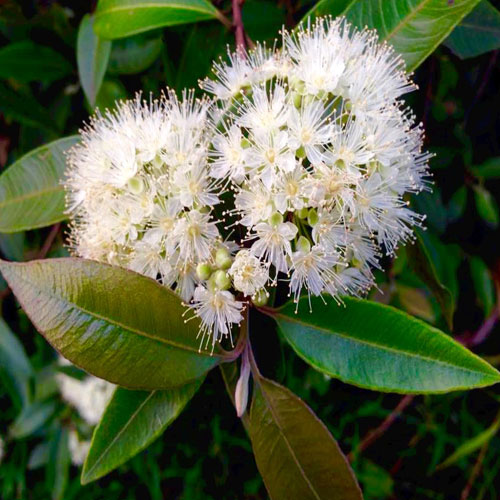Cabbage Home Remedies-Cabbage Health Benefits
CABBAGE CABBAGE USED FOR MOUTH ULCER Cabbage can be used as a natural remedy to…

Plants and trees strengthen its base through its nutrition rich roots and grow lavishly wherever it is sown. There are many interesting facts about plants and trees and the scientists are unfurling many mysteries about them. Some of the most important crops in the world are plantains, yams, sorghum, sweet potatoes, soybeans and cassava. This topic will deal with a plant named Cinnamon Myrtle which is abundantly found in subtropical rainforests of Eastern Australia. It is seen vastly in Bega in south coast NSW to Fraser Island off Queensland. The other common names of this plant are carrol, carrol ironwood, neverbreak, ironwood or grey myrtle or Australian lancewood, cinnamon myrtle. The botanical name of this plant is Backhousia myrtifolia. This plant comes under the kingdom Myrtaceae.
This is a very small plant which grows up to 30m. The ovate or elliptic leaf measures 4-7 cm long with a cinnamon-like odor. The flowers are star-shaped and the papery fruits are bell-shaped. It grows well in sunlight and part shade. This plant flowers during the months of Dec- March.
| Nutrients | Nutrition Value | % DV of RDA |
|---|---|---|
| Energy | 247 Kcal | 12% |
| Carbohydrates | 50.59 g | 39% |
| Protein | 3.99 g | 7% |
| Total Fat | 1.24 g | 4.50% |
| Cholesterol | 0 mg | 0% |
| Dietary Fiber | 53.1 g | 133% |
| Vitamins | ||
| Folates | 6 µg | 1.50% |
| Niacin | 1.332 mg | 8% |
| Pantothenic acid | 0.358 mg | 7% |
| Pyridoxine | 0.158 mg | 12% |
| Riboflavin | 0.041 mg | 3% |
| Thiamin | 0.022 mg | 2% |
| Vitamin A | 295 IU | 10% |
| Vitamin C | 3.8 mg | 6% |
| Vitamin E | 10.44 mg | 70% |
| Vitamin K | 31.2 µg | 26% |
| Electrolytes | ||
| Sodium | 10 mg | <1% |
| Potassium | 431 mg | 9% |
| Minerals | ||
| Calcium | 1002 mg | 100% |
| Copper | 0.339 mg | 38% |
| Iron | 8.32 mg | 104% |
| Magnesium | 60 mg | 15% |
| Manganese | 17.466 mg | 759% |
| Phosphorus | 64 mg | 9% |
| Zinc | 1.83 mg | 17% |
| Phyto-nutrients | ||
| Carotene-ß | 112 µg | — |
| Crypto- xanthin-ß | 129 µg | |
| Lutein- zeaxanthin | 222 µg | — |
| Lycopene | 15 µg | — |